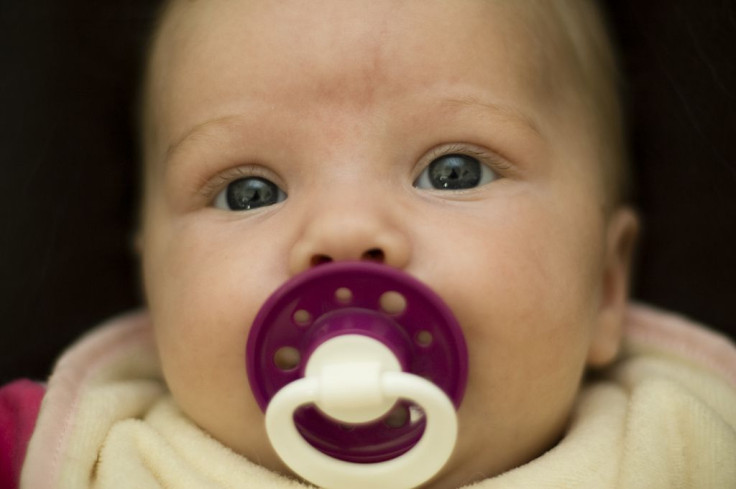Don't Get Distracted By MRSA, Treatable Staph Infections Still Kill Thousands Of Babies Each Year

Stories on antibiotic resistance often focus on MRSA (methicillin-resistant S. aureus ) — a type of Staphylococcus skin infection that has evolved a resistance to the antibiotic traditionally used to treat it. However, just because the media frequently highlights MRSA infections, that doesn’t mean that the drug-sensitive form of the infection is any less dangerous, especially among one of the most vulnerable demographics: babies.
Staphylococcus bacteria are relatively harmless and like to live on the skin or inside the nose of healthy hosts. In adults, the infection can become more serious when it spreads to other parts of the body, such as the lungs, blood, and heart. MMSA infections (methicillin-sensitive S. aureus), the most common type of staph infections, are treatable with methicillin. However, according to a recent study, doctors shouldn’t underestimate the dangers these infections pose to the developing immune systems of infants and newborns.
The report estimated that each year, around 5,000 babies will contract severe staph infections. Of those babies, around 10 percent will die. Although death rates from MMSA and MRSA are relatively equal (10 percent vs. 12 percent), the report revealed that MMSA infections are nearly twice as common among babies. Because current hospital protocols only require intensive screening for drug-resistant infections among newborns, the researchers hope their findings will prompt medical professionals to expand this practice to include screenings for all strains of staph, Time reported.
“If not detected and treated early, invasive bloodstream infections with garden-variety staph can wreak just as much damage on a newborn’s body as antibiotic-resistant forms,” senior investigator Aaron Milstone said in a statement.
The manner in which a baby is delivered could also affect their likeliness of picking up a staph infection. Though the womb is sterile, all babies pick up a unique array of bacteria, known as a microbiome, upon birth. This helps to help protect them from the germ-filled outside world. However, Discovery Magazine reported that the type of bacteria present in newborns’ microbiome is dependent on their delivery method.
Babies born vaginally end up with a diverse microbiome that more closely resembles those in their mother’s vagina. Some experts speculate this unique array of bacteria acts as a defense against disease by limiting the colonization of more harmful bacteria. Babies born via C-section, meanwhile, obtain a less-diverse array of bacteria that’s comprised of more bacterial strains from the hospital environment, such as staph. Perhaps this explains why staph infections are more common in babies born via C-section.
Source: Ericson JE, Popoola VO, Smith B, et al. Burden of Invasive Staphylococcus aureus Infections in Hospitalized Infants. JAMA Pediatrics. 2015.



























